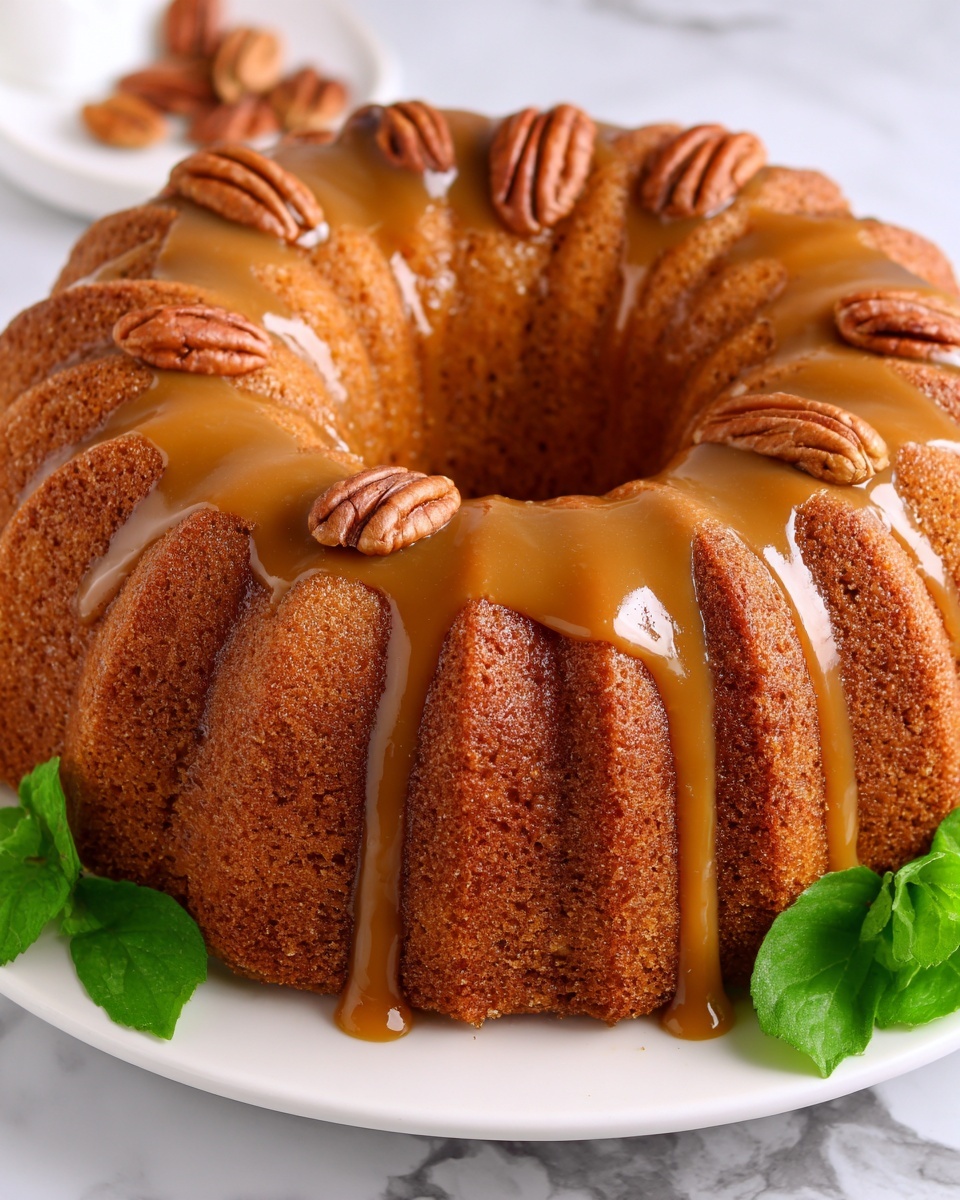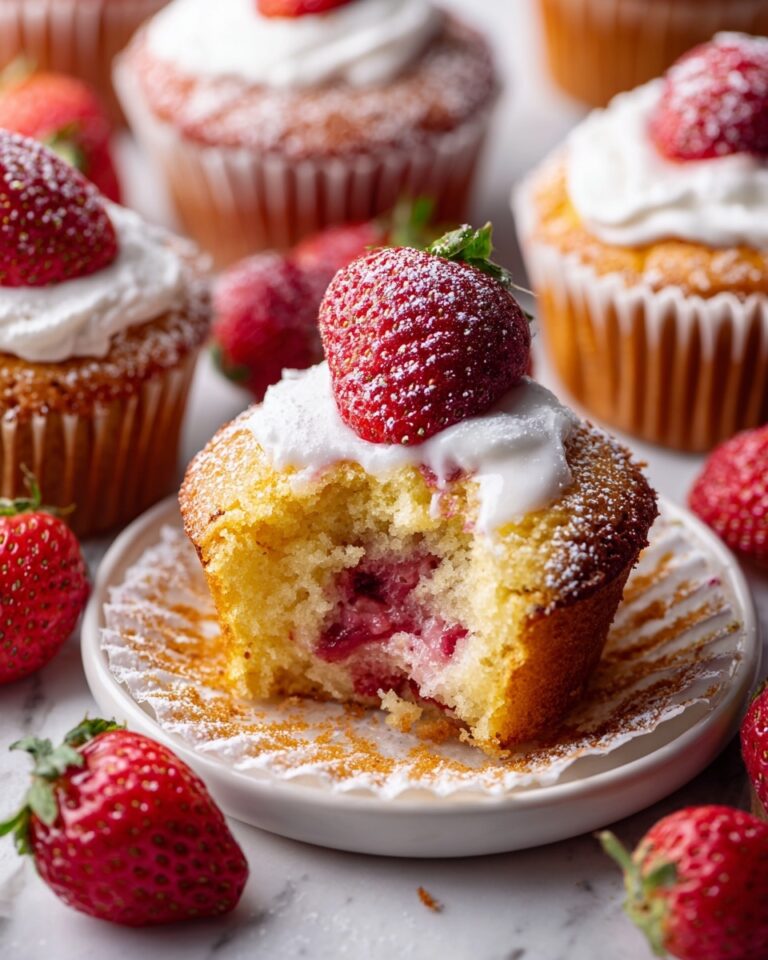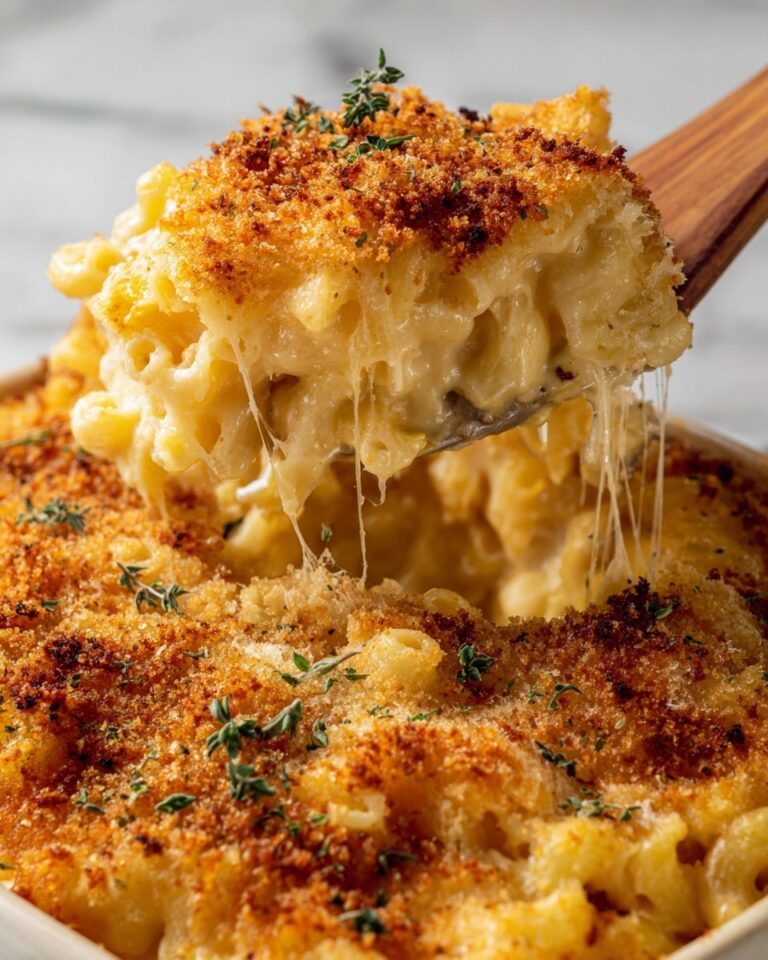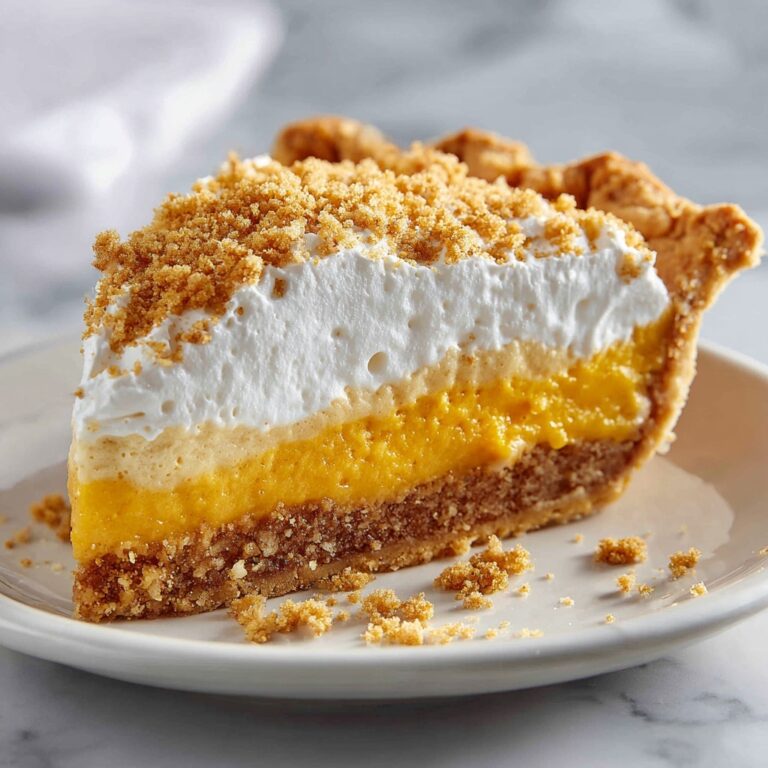Imagine biting into a rich, tender pound cake that bursts with the nutty warmth of peanut butter in every slice—this Peanut Butter Pound Cake Recipe is exactly that joyful experience. Perfectly moist with a delicate crumb, this cake strikes the ideal balance between classic comfort and irresistible peanut buttery goodness. Whether you’re hosting a cozy gathering or simply craving a little indulgence, this recipe promises a delightful treat that feels both nostalgic and wonderfully special.
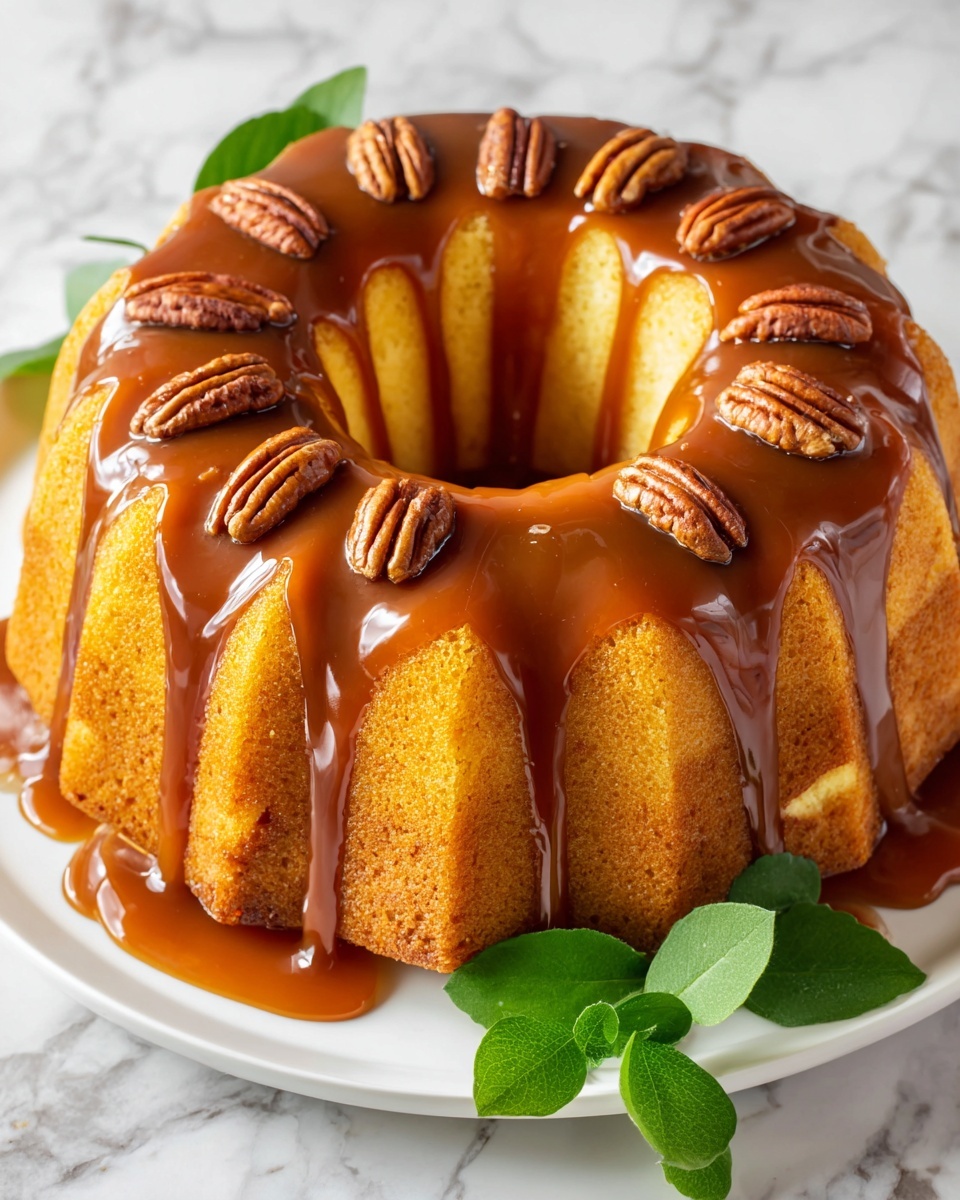
Ingredients You’ll Need
These ingredients may be simple, but each plays a crucial role in crafting the perfect texture, flavor, and color of this Peanut Butter Pound Cake Recipe. From the creamy peanut butter that infuses every bite to the buttermilk keeping it moist and tender, every component has its moment to shine.
- 1 cup unsalted butter, softened: Provides a creamy base and rich flavor that makes the cake tender.
- 1 cup peanut butter (creamy or chunky): Delivers that unmistakable peanut buttery taste and moist texture.
- 2 cups granulated sugar: Sweetens the cake perfectly while helping to create a light crumb.
- 4 large eggs: Bind the ingredients together and add structure and richness.
- 3 cups all-purpose flour: The heart of the cake, creating body and texture.
- 1 teaspoon baking powder: Gives the cake a gentle rise for a light yet dense feel.
- 1/2 teaspoon salt: Enhances all the flavors, especially the peanut butter.
- 1 cup buttermilk (or whole milk): Adds moisture and a subtle tang that brightens the flavor.
- 1 teaspoon vanilla extract: Rounds out the flavor profile with sweet, aromatic notes.
How to Make Peanut Butter Pound Cake Recipe
Step 1: Prepare Your Pan and Oven
Start by preheating your oven to 325°F (163°C) to ensure it’s just right once your batter is ready. Grease and flour a 10-inch bundt or tube pan to create a non-stick surface that helps the cake come out beautifully clean and intact.
Step 2: Cream the Butter, Peanut Butter, and Sugar
In a large bowl, beat together the softened butter, peanut butter, and sugar until the mixture turns light and fluffy. This process incorporates air, which is essential for giving the pound cake its tender, airy crumb.
Step 3: Add the Eggs One at a Time
Incorporate the eggs one by one, beating well after each addition. This gradual blending helps the eggs emulsify into the batter, creating a smooth and stable base for your cake.
Step 4: Mix the Dry Ingredients
Whisk together the all-purpose flour, baking powder, and salt in a separate bowl. This ensures your leavening agents and seasoning are evenly distributed before mixing with the wet ingredients.
Step 5: Combine Wet and Dry Ingredients Alternately
Gradually add the dry mixture to the peanut butter mixture, alternating with the buttermilk. Begin and end with the dry ingredients, mixing just until combined to avoid overworking the batter, which can lead to a dense cake.
Step 6: Stir in the Vanilla
Add the vanilla extract for a sweet and aromatic lift that perfectly complements the peanut butter flavor.
Step 7: Pour and Bake
Pour the batter into your prepared pan, smoothing the top gently. Bake for 1 hour to 1 hour and 15 minutes until a toothpick inserted near the center comes out clean or with a few moist crumbs—a sign that it’s perfectly baked.
Step 8: Cool Before Serving
Allow the cake to cool in the pan for 10 to 15 minutes, then carefully turn it out onto a wire rack to cool completely. This step prevents your cake from breaking and helps it set up for slicing.
How to Serve Peanut Butter Pound Cake Recipe
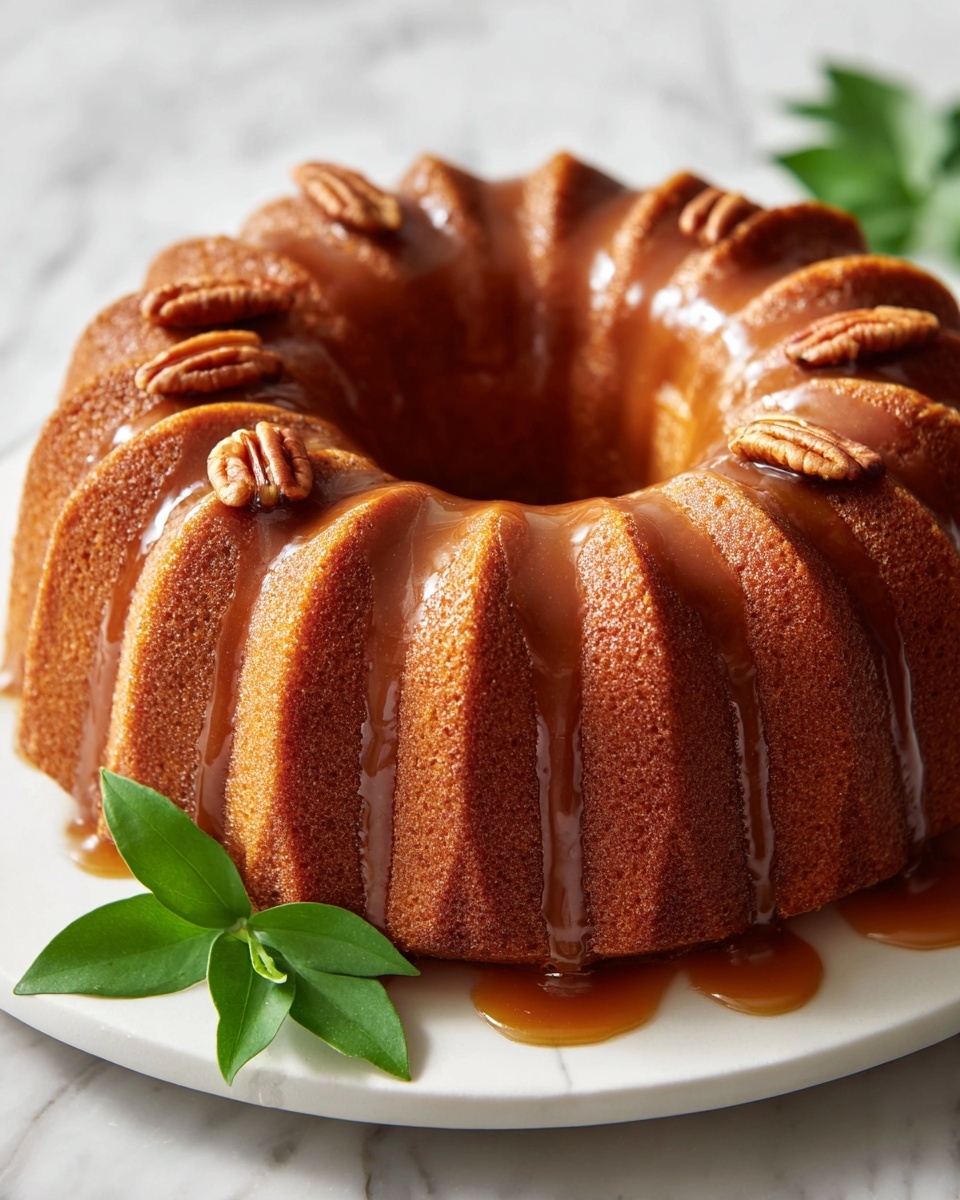
Garnishes
The beauty of this cake lies in its simplicity, but a few thoughtful garnishes can elevate it effortlessly. Consider drizzling chocolate ganache over the top or adding a dollop of whipped cream to add creaminess and contrast to the rich peanut butter flavor.
Side Dishes
Pair your Peanut Butter Pound Cake Recipe with fresh berries or a simple fruit compote. The natural sweetness and slight acidity from fruit beautifully balance the dense richness of the cake, brightening every bite.
Creative Ways to Present
For a crowd-pleasing presentation, serve the cake sliced alongside espresso or a hot cup of tea. You can also turn it into an irresistible dessert by layering slices with ice cream or even toasting small cubes as a topping for puddings or parfaits.
Make Ahead and Storage
Storing Leftovers
If you find yourself with leftovers, wrap the cake tightly in plastic wrap or store in an airtight container at room temperature for up to 3 days. This keeps the cake moist and fresh without sacrificing its tender crumb.
Freezing
This Peanut Butter Pound Cake Recipe freezes beautifully. Wrap it tightly in plastic wrap and then in foil or a freezer bag. It can be frozen for up to 2 months. When you’re ready to enjoy, thaw overnight in the refrigerator for best results.
Reheating
To revive the cake’s freshly-baked warmth, microwave individual slices for 10 to 15 seconds or warm them in a low oven at 300°F (150°C) for about 10 minutes. A quick reheat enhances the flavors and brings back that homemade feel.
FAQs
Can I use crunchy peanut butter instead of creamy?
Absolutely! Crunchy peanut butter adds delightful little bursts of texture throughout the cake, giving a unique twist while maintaining that classic peanut buttery flavor.
Is there a substitute for buttermilk in this recipe?
If you don’t have buttermilk on hand, whole milk works just fine. You can also make a simple substitute by adding one tablespoon of lemon juice or white vinegar to one cup of milk and letting it sit for 5 minutes before using.
Can I make this cake gluten-free?
To make this Peanut Butter Pound Cake Recipe gluten-free, swap the all-purpose flour with a 1:1 gluten-free baking flour blend that includes xanthan gum. This helps maintain the cake’s structure and moistness.
How do I know when the cake is fully baked?
Insert a toothpick into the center of the cake after about 1 hour of baking. If it comes out clean or with a few moist crumbs, the cake is done. Avoid opening the oven too early to prevent sinking.
Can I add chocolate chips or nuts to the batter?
Yes! Adding chocolate chips or chopped nuts can add delightful texture and flavor accents, especially complementing the peanut butter. Stir them in gently at the last step before pouring the batter into the pan.
Final Thoughts
If you love the comforting richness of peanut butter paired with the tender crumb of a classic cake, this Peanut Butter Pound Cake Recipe is a must-try. It’s the kind of dessert that feels like a warm hug on a plate, perfect for sharing or savoring all to yourself. Give it a go—you’ll be amazed how effortlessly this cake becomes a fast favorite in any kitchen.
Print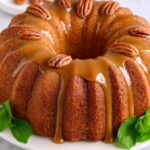
Peanut Butter Pound Cake Recipe
- Prep Time: 20 minutes
- Cook Time: 1 hour 15 minutes
- Total Time: 1 hour 35 minutes
- Yield: 12 servings
- Category: Dessert
- Method: Baking
- Cuisine: American
Description
This Peanut Butter Pound Cake is a rich and moist dessert perfect for peanut butter lovers. Made with creamy peanut butter, buttery goodness, and a classic pound cake texture, it’s baked to golden perfection in a bundt pan. The cake delivers a delightful balance of nutty flavor and sweetness, ideal for serving at gatherings or as a special treat.
Ingredients
Wet Ingredients
- 1 cup unsalted butter, softened
- 1 cup peanut butter (creamy or chunky)
- 4 large eggs
- 1 cup buttermilk (or whole milk)
- 1 teaspoon vanilla extract
Dry Ingredients
- 2 cups granulated sugar
- 3 cups all-purpose flour
- 1 teaspoon baking powder
- 1/2 teaspoon salt
Instructions
- Preheat and Prepare Pan: Preheat your oven to 325°F (163°C). Grease and flour a 10-inch bundt or tube pan to prevent sticking and ensure easy removal after baking.
- Cream Butter, Peanut Butter, and Sugar: In a large mixing bowl, use a hand mixer or stand mixer to cream together the softened butter, peanut butter, and sugar until the mixture is light and fluffy. This process typically takes about 4-5 minutes and helps incorporate air into the batter.
- Add Eggs: Add the eggs one at a time to the creamed mixture, beating well after each addition to fully incorporate and achieve a smooth batter.
- Mix Dry Ingredients: In a separate bowl, whisk together the all-purpose flour, baking powder, and salt. This ensures even distribution of leavening agents and salt through the flour.
- Combine Wet and Dry Ingredients: Gradually add the dry ingredients to the wet mixture, alternating with the buttermilk. Begin and end with the dry ingredients. Mix just until combined to maintain a tender crumb without overmixing.
- Add Vanilla: Stir in the vanilla extract until evenly distributed throughout the batter.
- Pour Batter into Pan: Transfer the batter into the prepared bundt pan and smooth the top with a spatula for even baking.
- Bake: Bake the cake in the preheated oven for 1 hour to 1 hour and 15 minutes, or until a toothpick inserted into the center of the cake comes out clean or with a few moist crumbs.
- Cool: Allow the cake to cool in the pan for 10-15 minutes before carefully removing it and transferring it to a wire rack to cool completely. This helps the cake set and prevents it from breaking.
- Serve: Once cooled, slice the cake and serve. Optionally, drizzle with chocolate ganache or accompany with whipped cream for an extra indulgent touch.
Notes
- For best results, use room temperature ingredients to ensure proper mixing.
- You can use either creamy or chunky peanut butter depending on your texture preference.
- Substituting buttermilk with whole milk may alter the tenderness slightly but still yields a delicious cake.
- Do not overmix the batter after adding dry ingredients to prevent a dense cake.
- Check doneness with a toothpick rather than relying solely on baking time.
- Let the cake cool completely before slicing to maintain clean cuts.

